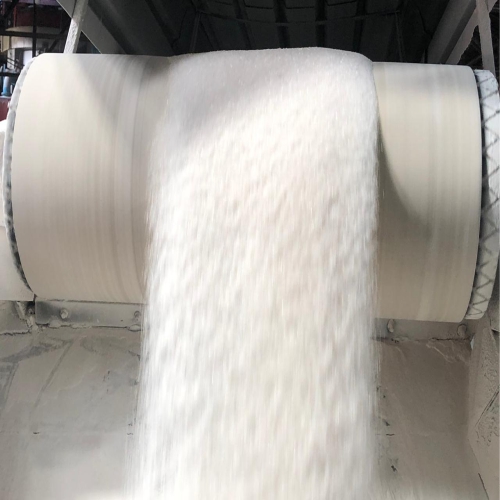To Listen to this News click on the button below the image
The rains that have affected different territories and the continuous breakdowns of the sugar mills that have prolonged, beyond what was expected the period of execution of the harvest are among the main causes that have influenced the fulfillment of the plan of the current sugar harvest in the country, according to Cuba’s Granma newspaper.
This was said by Julio García Pérez, president of the Azcuba Business Group, in a working meeting to analyze the issue, which was directed by the President of the Councils of State and Ministers, Miguel Díaz-Canel Bermúdez, according to the official website of the Cuban Presidency.
Current efforts are fundamentally aimed at meeting the agreed figures for exports, as well as satisfying the different demands of the domestic economy, including the regulated family basket.
The scenario is complex in the provinces, and the most likely to exceed 90 per cent of the plan or achieve compliance are Artemisa, Mayabeque, Matanzas, Villa Clara, Sancti Spíritus and Holguín.
This month of May is decisive for the harvest and therefore it is up to the managers and workers of the sector to develop an even more intense work, transcended in the meeting, where also participated the first vice president of the Councils of State and Ministers, Salvador Valdes Mesa, and leaders of the Party and the Government.
According to the data provided by the President of Azcuba regarding the planting of sugarcane, until April 30, more than 41,000 hectares were counted between furrows and crops, which represents 57% of the spring plan.
“In order to achieve continuity in sowing, it is necessary to guarantee a greater furrowing rhythm in the month of May,” he said.
The biggest breaches are in the provinces of Villa Clara, Ciego de Ávila, Granma and Guantánamo.
For this period the figures were planned taking into account that the conflict would be concluded, which has not been able to materialize and involves taking exceptional measures, having to combine sowing and harvesting, published Granma.












